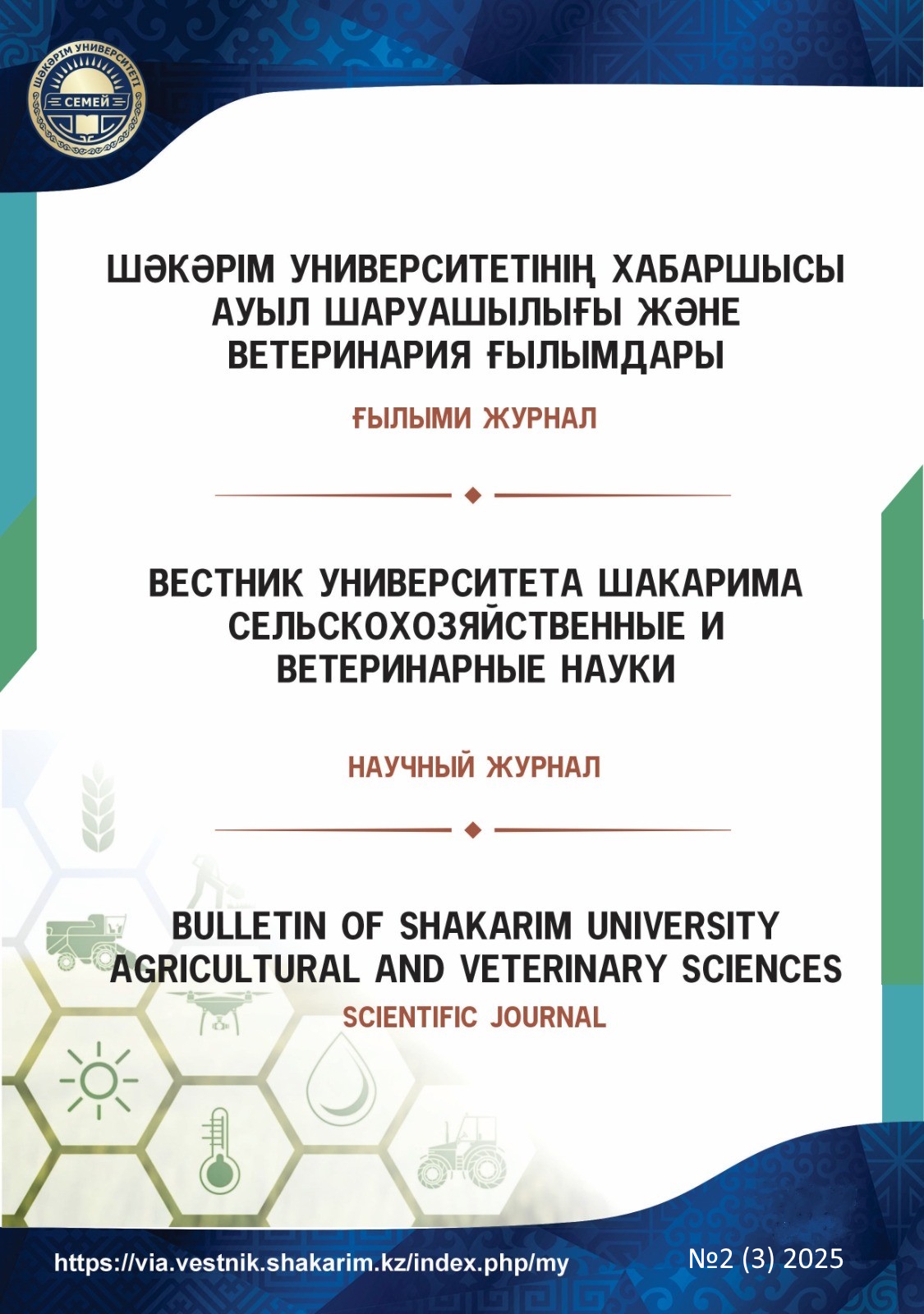АҚТӨБЕ ОБЛЫСЫ БОЙЫНША ИТТЕРДЕ КЕЗДЕСКЕН ПИРОПЛАЗМОЗ АУРУЫ
Кілт сөздер:
Пироплазмоз,, иттердің инвазиялық ауруы, кене, асыл тұқымды иттерАңдатпа
Табиғаттың ояну кезеңінде, жазғы демалыс орындары мен саяжайларда демалу маусымы басталатын кезде көптеген маусымдық аурулардың өршуі байқалады, олардың бірі – пироплазмоз. Бұл аурудан жыл сайын көптеген үй жануарлары зардап шегеді. Бұл мақалада сіздер Ақтөбе облысында әртүрлі тұқымды иттерде пироплазмоз ауруының анықталуы және Баишев Университетінің ветеринариялық клиникасына келіп түскен мәліметтерді, иттерде пироплазмоздың симптомдарын, инкубациялық кезеңнің ұзақтығын, бұл ауруды қалай емдеу керектігін және ветеринариялық мамандардың емдеу тәжірибесі мен пікірлеріне негізделген негізгі профилактикалық шаралар туралы білесіздер.
##plugins.themes.default.displayStats.downloads##
Жүктеулер
Жарияланды
Журналдың саны
Бөлім
Лицензия
Авторлық құқық (c) 2025 Журналдың редакциясы Қазақстан Республикасының авторлық құқық туралы заңын және тиісті халықаралық шарттарды басшылыққа алады. Авторлар өздерінің авторлық құқықтарын сақтайды және «Шәкәрім университетінің хабаршысы. «Тарих ғылымдары сериясы» журналына қолжазбаның алғашқы жариялану құқығығын береді. Автор журналға тиісті сілтеме жасаған жағдайда материалды кез келген тасымалдағышта және кез келген форматта көшіруге және таратуға құқылы. Оқырмандар мен пайдаланушылар жұмыстың авторы көрсетілген және осы журналға сілтеме берілген жағдайда материалды еркін көшіріп, тарата және қолдана алады. Авторлық құқық мақала жазуға елеулі үлес қосқан әрбір бірлескен автордың адалдығы мен жауапкершілігін білдіреді. Автор журналдың веб-сайтына тиісті сілтемені көрсеткен жағдайда өз басылымдарын институционалды немесе басқа қоймаларда сақтауға құқылы.

Бұл жұмыс Creative Commons Attribution-Коммерциялық емес 4.0 халықаралық лицензиясы.
Авторлық құқық мақала жазуға елеулі үлес қосқан әрбір бірлескен автордың адалдығы мен жауапкершілігін білдіреді.
Автор журналдың веб-сайтына тиісті сілтемені көрсеткен жағдайда өз басылымдарын институционалды немесе басқа қоймаларда сақтауға құқылы.




